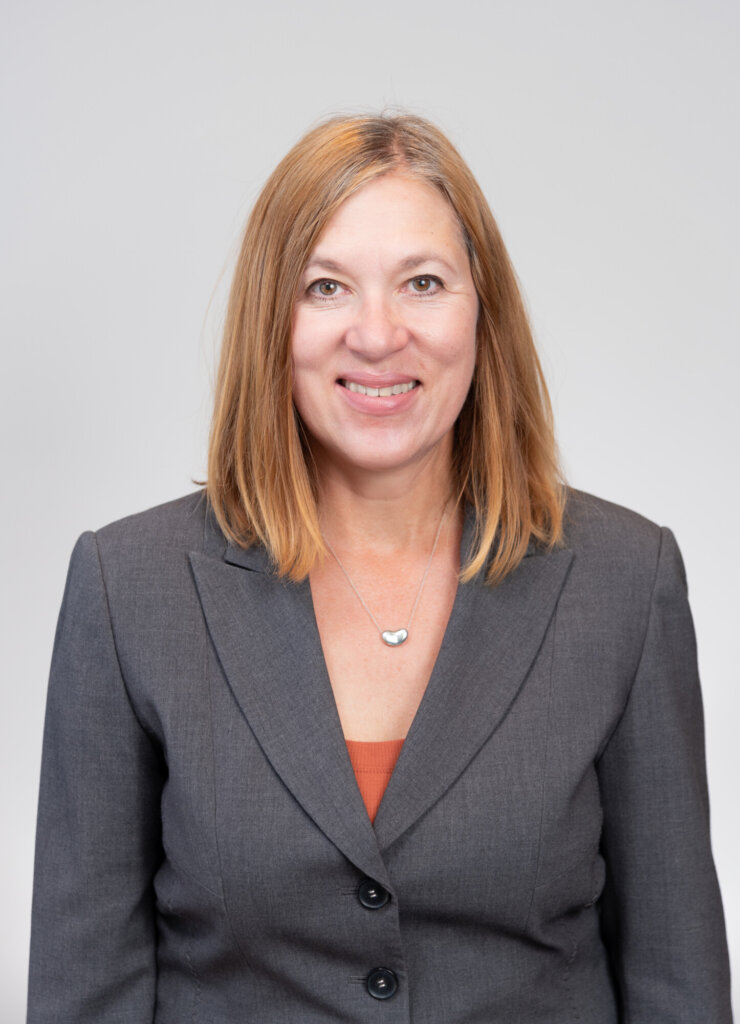Equitable Transit-Oriented Development
New opportunities for people of all incomes to live near transit
MPC is advocating for policies, funding, and planning that advances development near transit—known as transit-oriented development, or TOD—for people of all incomes, in neighborhoods across the region.
Issue
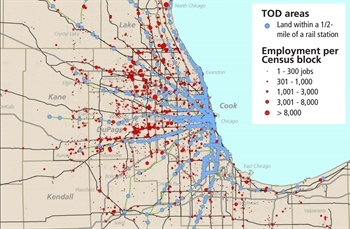
Transit should be an amenity for everyone in our community. But preferences for urban living are increasing the demand for housing and commercial development near transit stations. Without an explicit equity framework, lower-income people near rapid transit will be displaced. Research from Harvard University shows that how easily a person can get to work is the strongest factor in determining whether a person escapes the cycle of poverty (Chetty 2014).
Solutions
Development near transit is Chicago’s ticket to equitable growth. MPC encourages equitable growth near public transit to create thriving, balanced and mixed income communities, and to ensure that the benefits of transit-oriented are experienced by people of all income levels. Our work emphasizes reducing the barriers to equitable development near transit through robust public engagement, education, providing technical assistance, and advocating for policy change.
Benefits of ETOD
- Reliable public transit connects people’s homes and jobs
- Living near transit decreases cost of living
- Household transportation cost savings of up to $10,000 per year
- Access to 24-50% more jobs, particularly for low-income residents
- Health improvements, including 3x lower obesity rates among adults who walk, bike or take transit
- Fewer cars means less congestion and pollution
- Household transportation emissions up to 78% lower in communities near transit
- Up to 40% higher property values for homes near rapid transit
- Retail sales up to 88% higher in transit and pedestrian-friendly areas
- Equitable TOD ensures that neighborhoods near transit are welcoming and livable to the widest range of the region’s population as possible
- Access to funding and incentives are available for transit-oriented development
Read the recent MPC summary of City of Chicago’s 2022 Proposed Changes to the TOD Ordinance (updated July 8, 2022).
Learn how MPC helps communities proactively plan for real-world development scenarios through its Corridor Development Initiative (CDI).
The basics of equitable transit-oriented development (ETOD)
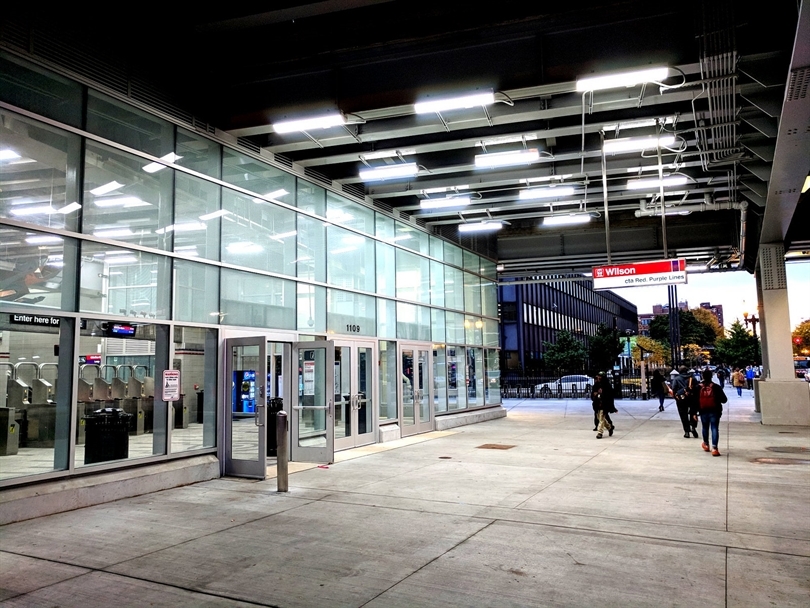
What is ETOD?
Equitable transit-oriented development (ETOD) advocates that people of all incomes experience the benefits of dense, mixed-use, pedestrian-oriented development near transit hubs.
Why ETOD matters
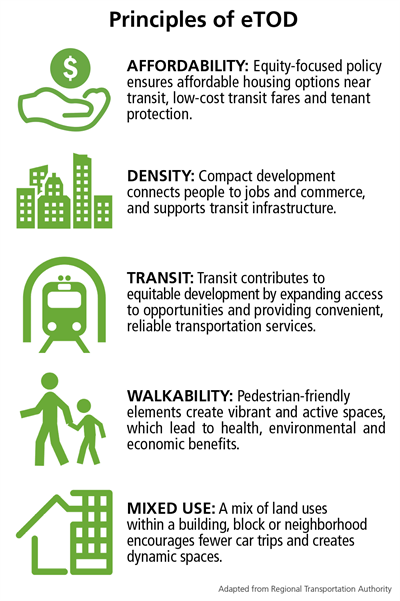
Transit should be an amenity for everyone. But as more people want to live or own a business near transit, the costs to do so are on the rise. Without strategies that promote equity, people with lower and moderate incomes are increasingly being priced out of opportunity.
ETOD matters because transit connects people to opportunities we all deserve. For example, research from Harvard University shows that how easily a person can get to work is the strongest factor in determining whether a person escapes the cycle of poverty (Chetty 2014).
In strong and emerging markets, ETOD can help ensure affordable housing and commercial spaces are available near transit. In disinvested areas, ETOD can bring new investments and amenities that close socioeconomic gaps. In all markets, ETOD elevates community voices in decision-making.
Examples of ETOD in the Chicago Region
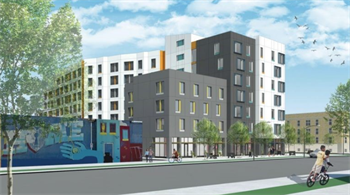
Emmett Street Apartment Project (Logan Square CTA Blue Line)
Situated just steps from the Logan Square Blue Line stop, the Emmett Street affordable housing development provides high quality affordable rental housing for Logan Square’s working families currently facing skyrocketing rents and displacement. Developed by not-for-profit affordable housing developer Bickerdike Redevelopment Corporation and designed by award-winning firm Landon Bone Baker Architects, this transit-oriented development is a tiered building that is seven stories at its highest point and two stories at its lowest point to fit in with neighboring residential structures. Above image courtesy of Bickerdike Development.
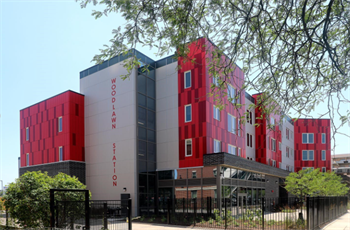
Woodlawn Station (63rd and Cottage Grove CTA Green Line).
Located at the entrance to the CTA’s Green Line station at 63rd St. and Cottage Grove Avenue, Woodlawn Station features 70 mixed-income units, 55 in a four-story building at 63rd and Cottage Grove and 15 on scattered sites a block to the south on Maryland Avenue. Many apartments are adapted for handicapped accessibility and some have views of downtown Chicago. The building includes a computer room, roof deck and a community room. The building also includes 15,000 square feet of first floor retail space, occupied by Daley’s Restaurant, Red Clay Dance Company, and the UPS Store. Above Image courtsey of POAH and Nia Architecture.

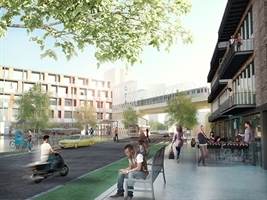
ETOD Calculator
In May 2022, MPC and CNT launched a new ETOD Calculator, which offers residents, community groups and developers the ability to analyze the impact of development by neighborhood. The site also illustrates which parcels in the city qualify for the TOD ordinance’s benefits.
